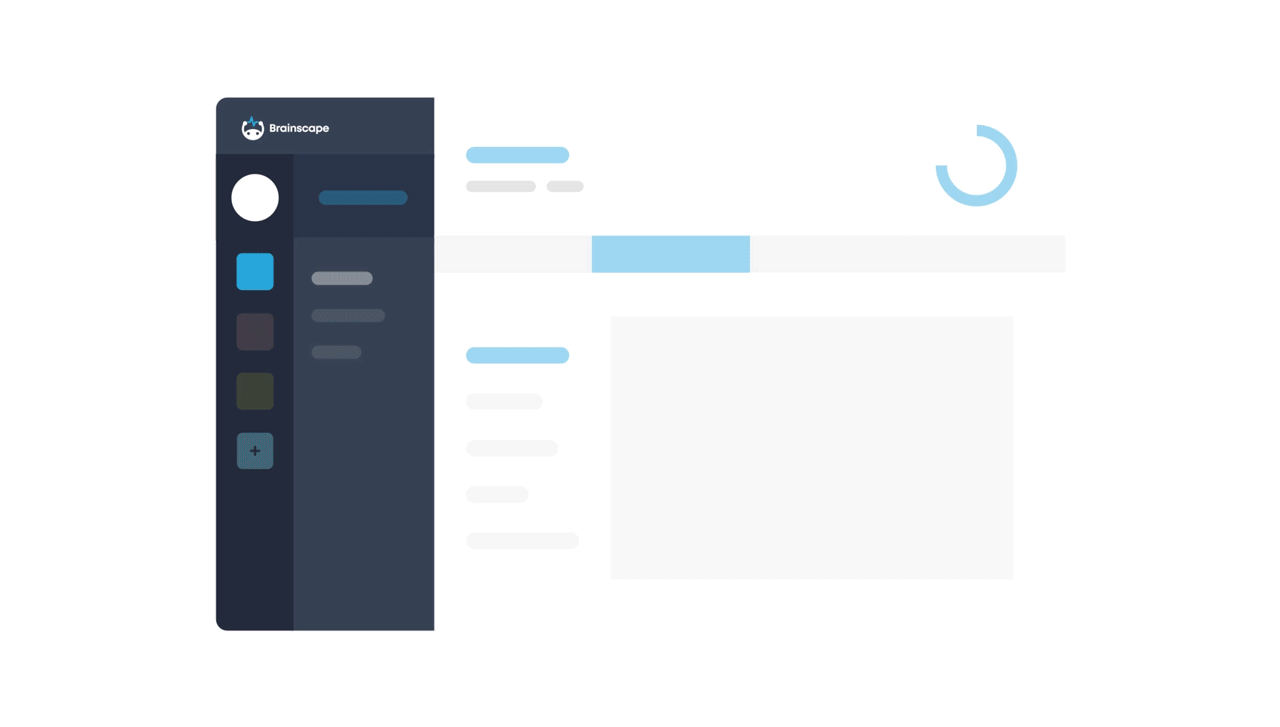Remote teaching strategies for educators
The best ways to incorporate Brainscape’s adaptive flashcards into your remote teaching strategies to help students learn even more effectively than in the classroom.

Believe it or not, strong remote teaching strategies can often actually help your students learn even more effectively than they do in a physical classroom. But it’s important to make sure you do it properly and with the right tools.
Brainscape would like to highlight certain free features of our own web & mobile flashcards study app for teachers that may be helpful in furthering your students’ learning progress!
Use these 4 tips to take remote teaching to the next level.
(Also make sure you check out our guide ‘Top mental strategies for studying at home‘ for even more advice you could pass on to your learners.)

1. Making flashcards for students
Brainscape’s flashcards can be the perfect complement or replacement of the typical study guides or lecture slides you may be posting online.

If you haven’t already, start by creating your class on Brainscape: Simply click the “+” on the My Classes list on the main dashboard, and name it (e.g. Biology 101). Then you can start creating individual Decks (e.g. Unit 1) as needed. You (or your T.A.) can easily invite other students to your class once you are ready for them to study or collaborate.
[See also: Our comprehensive guide to creating great flashcards, and the perfect job for your T.A.]
2. Having students make flashcards
If you prefer more collaborative remote teaching strategies, you can use flashcards to construct a collaborative editing environment. Brainscape allows you to easily delegate “Edit” permissions to your T.A. or to the students. Just click the Learners tab in your class, and choose which class members you’d like to appoint as Editors.
Many educators even prefer to delegate editing assignments one lesson at-a-time, where one or more students are assigned to a single deck of flashcards representing that lesson or chapter. (Learn more about using Brainscape for collaborative classroom activities).
Either way, by the end of the semester, you’ll have a complete student-generated study guide ready for the final exam!
3. Enabling students’ critical thinking
Even if you had authored the initial flashcards yourself (without giving students Edit permissions), you can still encourage a deeper level of knowledge processing by training students to use the Edit button while studying.
Whenever a student without “Edit” access clicks the Edit pencil icon in the corner of a flashcard, Brainscape displays a short form asking the user to “suggest an edit”, which will send you an email each time the form is submitted. Students can use this both to suggest edits to your flashcards (e.g. to make them clearer) and/or to ask you questions about concepts they don’t fully understand.
This feature has been shown to create an even more constructive environment for one-on-one educator/student dialog than many live classroom environments.

4. Monitoring students’ study progress
To see how much each student has been studying, you can easily click the Learners tab and analyze to your heart’s content. Our stats reflect not only the number of flashcards that have been studied but also each student’s self-assessed % Mastery. You can even click a student to see his/her detailed Mastery of each Deck.

Many educators use this class-wide visibility to make studying in Brainscape a part of students’ Participation grade. Studying X flashcards every Y weeks may be required in order for a student to receive full credit for that particular Participation requirement.
There are, of course, many more remote teaching strategies. But these four will already help you gain a lot more from teaching away from the classroom, especially by using a tool like Brainscape.
Double your student’s retention knowledge with Brainscape
It doesn’t matter if you’re teaching remotely or in the classroom, the goal remains the same: improve the learning capabilities of students. That’s not always an easy task when students struggle to focus or perhaps lack an interest in learning at all.
Brainscape’s scientists have collected invaluable insights for teachers over the years while managing our adaptive flashcard platform. We’ve collected these insights to help you retain students’ knowledge. This won’t only help your students become better learners but will help you become an even greater educator!
Be sure to dive into our guide for educators: How to DOUBLE your students’ retention of knowledge. And best of luck in supporting your students to become successful!
Source:- https://www.brainscape.com/


